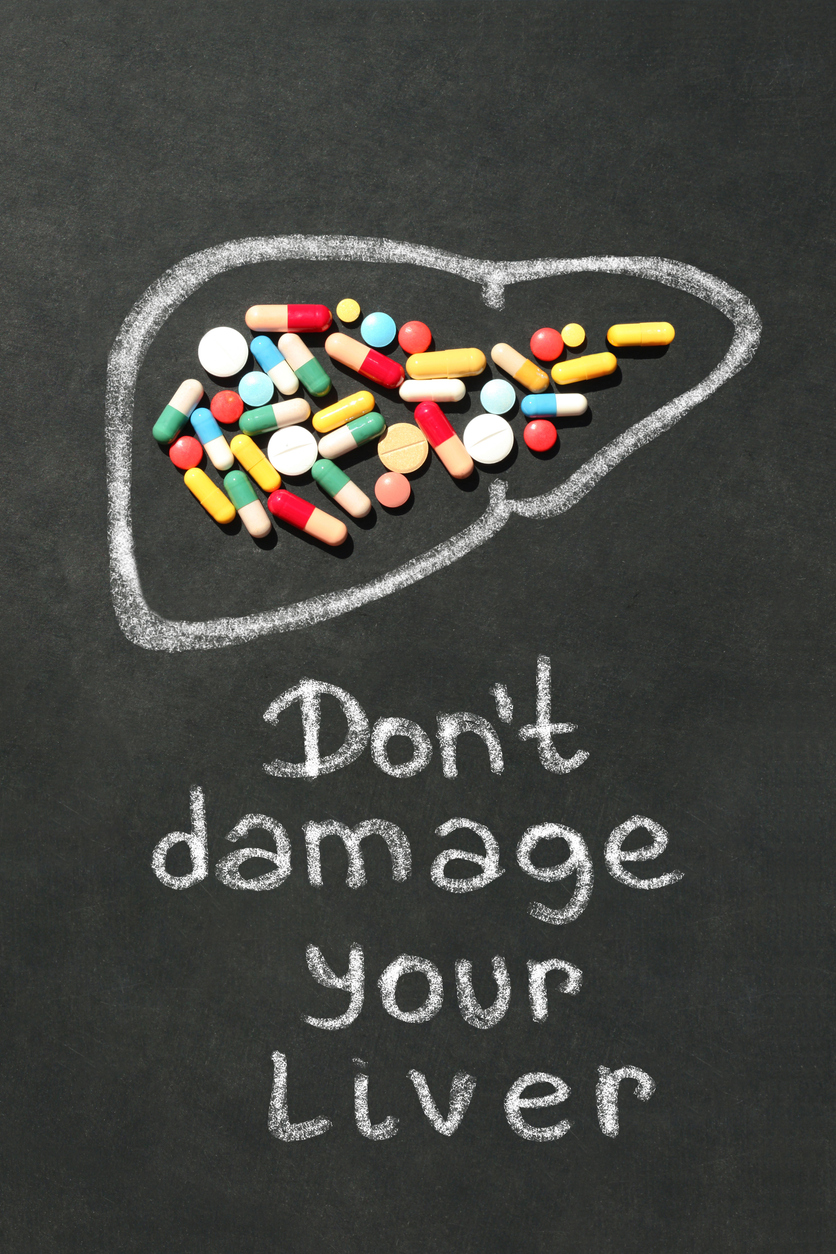Treatments
What Is Infusion Therapy?

Infusion therapy is the delivery of medications or fluids either intravenously (into a vein) or subcutaneously (into the tissue between the skin and muscle). Infusion therapy may be used when a person cannot take oral medication, if an oral formula of a medication is not available, or when a medication needs to be delivered at a controlled pace.
How does infusion therapy work?
Most infusions are given in a medical setting, such as a hospital, clinic, infusion center, or physician’s office; however, some infusions can be given at home by a healthcare provider. An IV infusion typically starts with the insertion of a needle into a vein, usually in the hand or arm. The needle connects to a tube that allows the medication to enter the body, most often with the help of an infusion pump. An infusion pump is a programmable medical device that controls the flow of fluids and medications into the body through an IV.
If frequent IV infusions are needed, a central line or port may be used. A central line, or central venous catheter, is a type of IV line that can remain in place longer than a standard IV line. A port is a surgically implanted device used to deliver medications, eliminating the need for continued vein punctures.
What medications can be administered via infusion?
Numerous types of medications can be delivered through infusion:
- Antibiotics
- Chemotherapy medications
- Pain medications
- Corticosteroids
- Anti-nausea medications
- Antiviral drugs
- Biologic drugs
What are the risks of infusion therapy?
The main risks of infusion therapy include infection, collapsed veins, inflammation of the veins, or an air embolism (when an air bubble enters a vein). If frequent needle-stick infusions are done, scar tissue may develop. An adverse reaction to a medication is also possible, as it is with any type of medication administration.
















